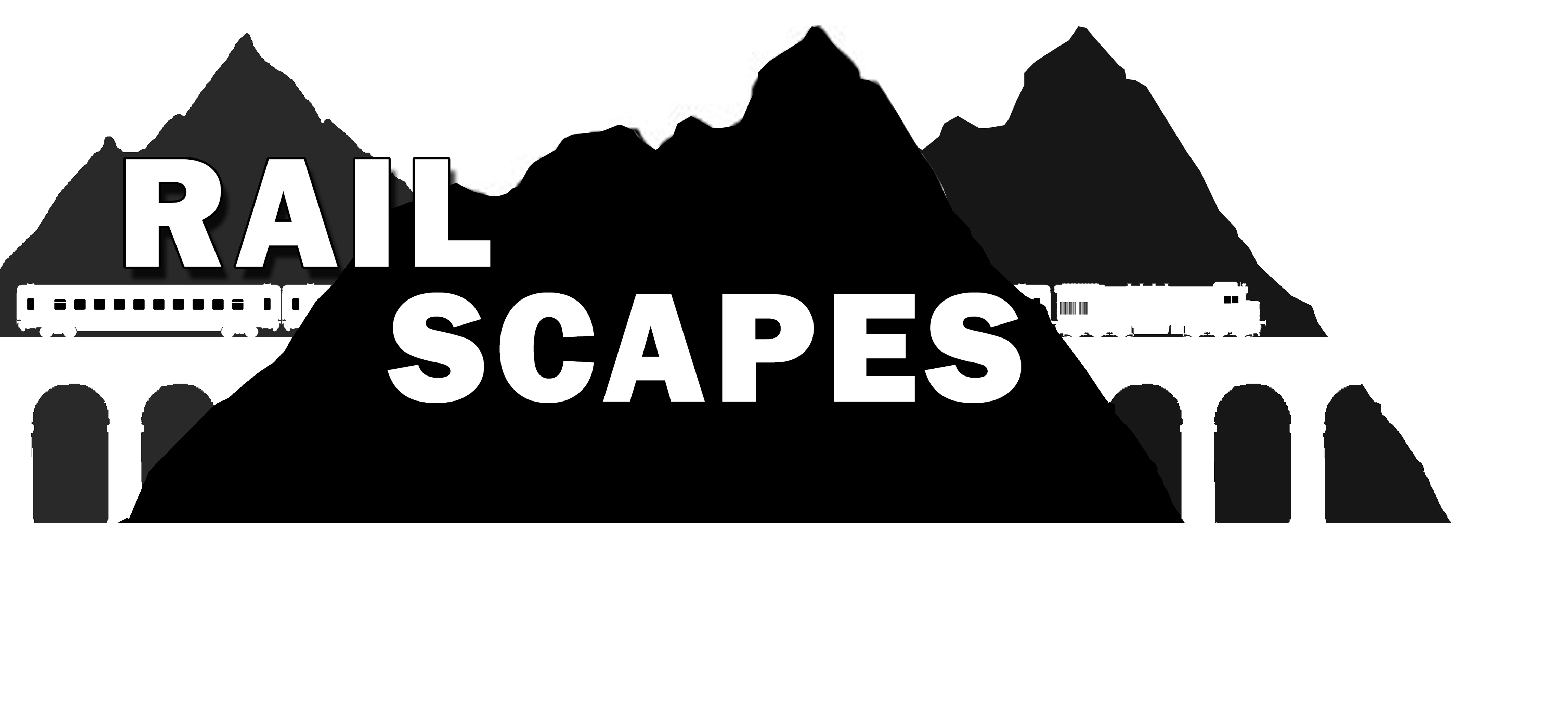The following were taken with full permission of the Ferrocarril Central Andino. Thank you to the FCCA and its employees for their incredible hospitality! Special thanks to Francisco Carrion for making all the arrangements and being a amazing host!
This entry takes place May 24th 2017, entries from the previous and following days will be posted at a later date.
For the previous report click here: To the top of the world by locomotive: Part 2
Video of this segment is below, there will be links throughout the page to go to specific points within the video.
We pick up where we left off in the previous report, after climbing the Tamboraque switchbacks our train passes high above the small town of San Mateo where we will spend the night after a long nightime drive down the Carr. Central. The railroad runs high above the valley and the scenery is absolutely breathtaking as the line darts in and out of tunnels and on the edge of sheer cliffs. We are over 10,000 ft now and the rock formations and vegetation remind one a little of the higher parts of the European Alps.
Inferillo Bridge
After passing through two tunnels in sequence we emerge into the daylight and straight onto the famous Inferillo Bridge, translated in English to Hells bridge. The Carr. Central makes a tight S curve underneath and the remains of the older even more torturous road hang from the hillside. Video


Cacray switchback
Shortly after we pass the lower switch to the Cacray switchbacks and enter another tunnel. However this one is not like the others and after about 250 ft we reach a solid rock wall. This tunnel is one of 5 dead end tunnels built for additional headroom for the switchbacks. We quickly retreat from the front platform to inside the cab as the smoke is growing thick, thankfully we soon head out of the tunnel in the opposite direction and up the Cacray switchbacks. Video


After pulling away from Cacray we cross the impressive Puente Anche, another tall steel bridge which crosses over the Carr Central twice as it makes a complete loop to climb almost the same amount of elevation as the railroad gained at the Cacray switchback. The line passes the old Rio Blanco station and crosses the Copa viaduct as it complete a full loop around the the mountainside and appearing high above the Anche bridge. Video

Chicla Switchback
After a short few miles the track curves sharply to the west and the horn blares as we cross the Carr. Central at grade for the first time in 50 kilometers as we enter the mountain town of Chicla. Chicla is our next switchback and we come around the curve to find another train backed into another dead end tunnel. Meeting two trains here is no easy feat and we pull up to a dead end track guarded by a derelict ore hopper, past it is a several hundred foot drop deep into the valley below.

To meet two trains here the uphill train must double or triple its train and we spent 20 minutes splitting the train up and using the cliff track to shove it up the mid level of the switchback. Once again we were amazed by the crews efficiency both given the amount of work to be done and the high altitude, we were struggling for breath just doing the little walking we needed to get different photo angles. After the train was finally reassembled we blasted off uphill in reverse and no sooner than we were clear the downhill train did the same. Chicla is the longest switchback on the FCCA stretched out over 4.6 kilmoters and we shoved up the valley and around a horseshoe curve crossing over the Carr. Central once again, soon we could see the lower segment well below us and we eventually came to a stop directly above the town of Chicla. The upper switch (known as Saltacuna instead of Chicla Arriba as would be standard) affords a panoramic view of the town of Chicla as well as the whole switchback, quite the impressive site and no doubt would be a great photo location with some scouting, not an easy task at this altitude however!








As we near Casapalanca the scenery changes again and the alpine meadows and forests give way to a stark landscape dominated by loose red sandstone and noticeably devoid of vegetation. This landscape will stay with us as we reach the highest portions of the line ahead. Casapalanca is home to a large mineral processing plant and from here on we will be entering the heart of the Peruvian high mining country. That and more will be in the next and final part of our journey to the summit!
Part 4 coming soon!


















